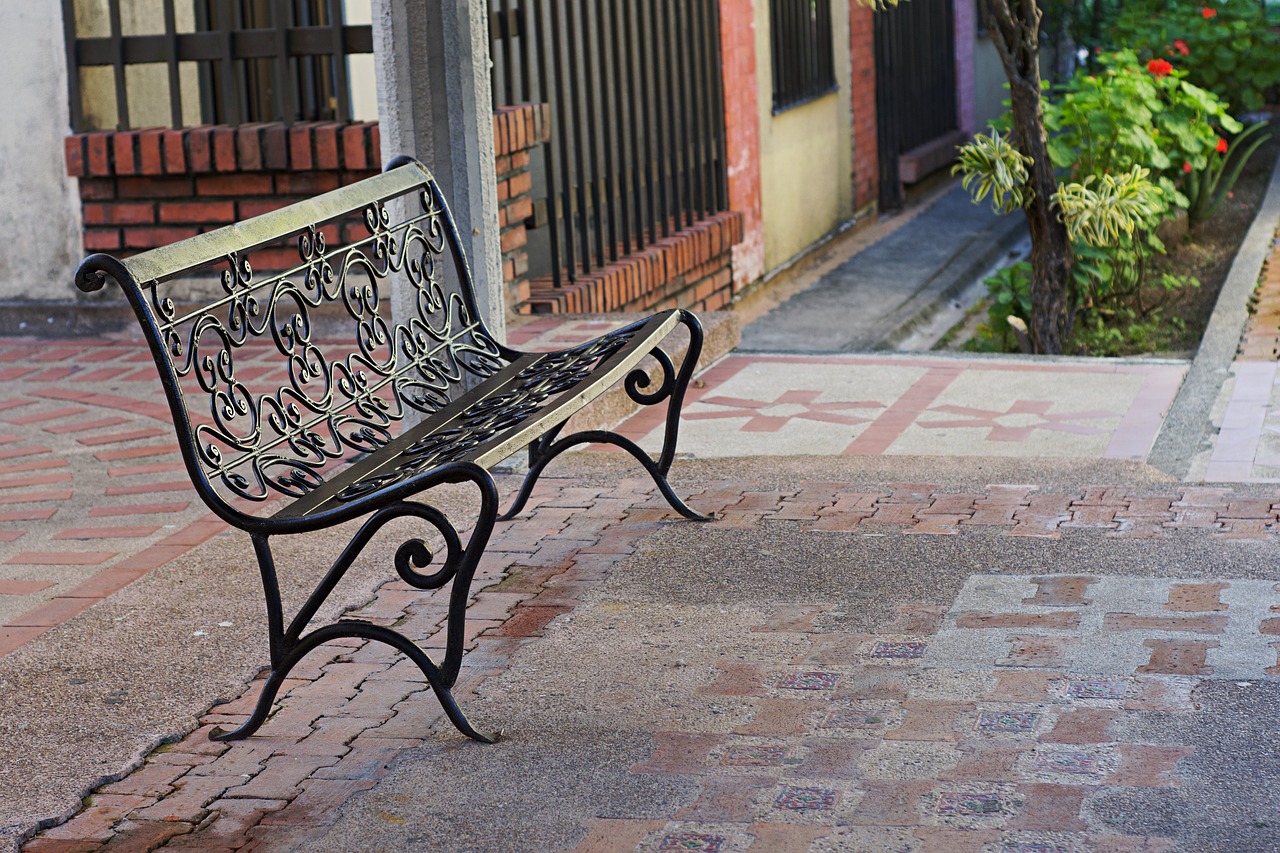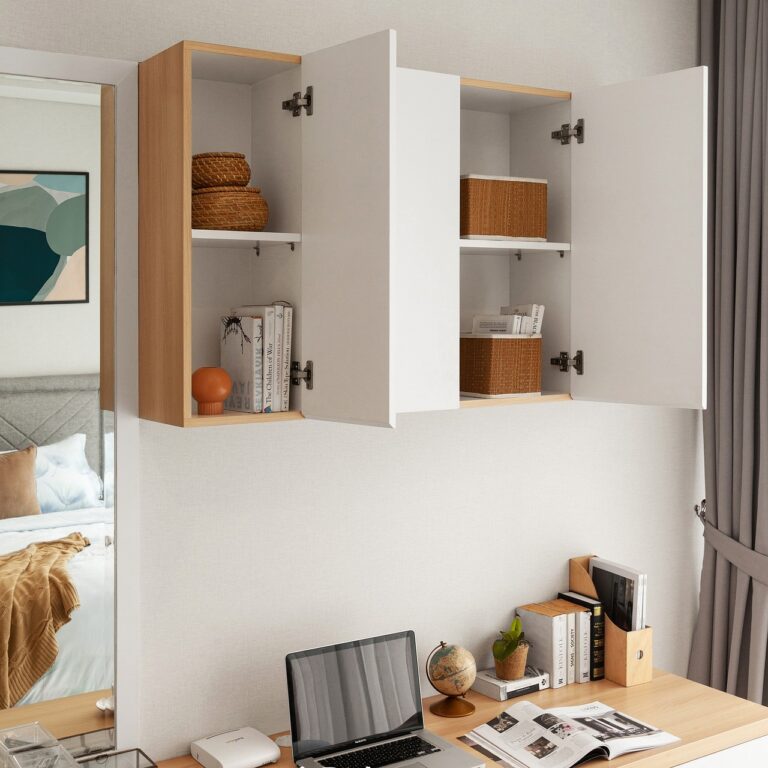The Art of Home Staging: Preparing Your Home for Sale
When it comes to selling your home, first impressions are crucial. A well-staged home can make a significant difference in attracting potential buyers and securing a sale. Home staging is the process of preparing a home for sale by highlighting its best features and creating a warm and inviting atmosphere that appeals to potential buyers. In this article, we will delve into the art of home staging and provide you with tips and insights to help you prepare your home for sale successfully.
Benefits of Home Staging
Home staging offers numerous benefits for sellers looking to maximize the potential of their property. Some of the key advantages of home staging include:
- Increased sale price: Staged homes typically sell for a higher price compared to unstaged homes.
- Quicker sale: Well-staged homes tend to sell faster than unstaged homes, saving you time and reducing carrying costs.
- Enhanced online presence: Staged homes photograph better and attract more online views, increasing the chances of attracting potential buyers.
- Maximized space: Properly staged homes showcase the full potential of each room, making them appear larger and more functional.
- Creates an emotional connection: A well-staged home evokes positive emotions in potential buyers, making them more likely to envision themselves living in the space.
Key Elements of Home Staging
Effective home staging involves a combination of factors that work together to create a cohesive and inviting environment. Some of the key elements of home staging include:
Decluttering
One of the first steps in home staging is decluttering. This involves removing any excess items, such as furniture, decorations, and personal belongings, to create a clean and spacious look. Decluttering helps potential buyers visualize themselves in the space and focus on the home’s features rather than distractions.
Depersonalizing
Depersonalizing your home involves removing personal items such as family photos, memorabilia, and unique decor that may not appeal to a wide range of buyers. By neutralizing the space, you allow potential buyers to picture themselves living in the home.
Organizing
Organization is key to showcasing your home in the best light. Arrange furniture in a way that creates flow and highlights the home’s features. Keep countertops and surfaces clear of clutter, and ensure all closets and storage spaces are clean and organized.
Neutralizing
Neutral colors and decor can help attract a broader range of buyers. Consider painting walls in a neutral color palette, replacing bold or outdated furnishings, and updating decor to create a modern and appealing look.
Enhancing Curb Appeal
The exterior of your home is the first thing potential buyers see, so it’s essential to make a good impression. Enhance curb appeal by trimming bushes, mowing the lawn, painting the front door, and adding potted plants or flowers to create a welcoming entrance.
Maximizing Natural Light
Lighting plays a crucial role in home staging. Open blinds and curtains to let in natural light, replace outdated fixtures with modern lighting options, and add lamps or sconces to brighten dimly lit spaces.
Staging Tips for Specific Rooms
Each room in your home serves a different purpose, and staging them accordingly can help buyers see the full potential of the space. Here are some room-specific staging tips to consider:
Living Room
The living room is often the focal point of a home, where families gather and entertain guests. Create a cozy and inviting atmosphere by arranging furniture in a way that encourages conversation, adding throw pillows and blankets, and showcasing the fireplace or other focal points.
Kitchen
The kitchen is a key selling point for many buyers. Ensure your kitchen is clean, organized, and clutter-free. Consider updating appliances, countertops, and hardware to create a modern and functional space.
Bedrooms
Bedrooms should feel relaxing and inviting. Make sure beds are neatly made, clutter is removed, and personal items are stored out of sight. Add cozy bedding, decorative pillows, and a few tasteful accessories to enhance the room’s appeal.
Bathrooms
Bathrooms should feel clean, fresh, and spa-like. Replace outdated fixtures, add fresh towels and decorative accents, and ensure all surfaces are sparkling clean. Consider adding scented candles or fresh flowers for an extra touch of luxury.
FAQs
1. Why is home staging important when selling a property?
Home staging is important because it helps create a positive first impression, highlights a home’s best features, and makes potential buyers feel emotionally connected to the space.
2. How much does home staging cost?
The cost of home staging can vary depending on the size of the property, the extent of the staging needed, and the location. On average, home staging can cost anywhere from a few hundred to a few thousand dollars.
3. Can I stage my home myself, or should I hire a professional stager?
While DIY staging is possible, hiring a professional stager can often yield better results. Professional stagers have the expertise and experience to showcase your home in the best possible light and attract a wide range of buyers.
4. How can I find a reputable home stager in my area?
To find a reputable home stager in your area, ask for recommendations from your real estate agent, check online reviews, and view past portfolios to see their work. Interview multiple stagers to find one that aligns with your goals and budget.
5. How far in advance should I start staging my home before listing it for sale?
It’s recommended to start staging your home at least a few weeks before listing it for sale. This allows you time to declutter, clean, and make any necessary repairs or updates to ensure your home is ready to impress potential buyers.
By following these tips and embracing the art of home staging, you can transform your home into a show-stopping property that attracts buyers and helps you achieve a successful sale. Remember to take the time to declutter, organize, and enhance your home’s best features to create a warm and inviting space that appeals to a wide range of buyers. With a little effort and creativity, you can make your home stand out in a competitive market and secure a lucrative sale.







